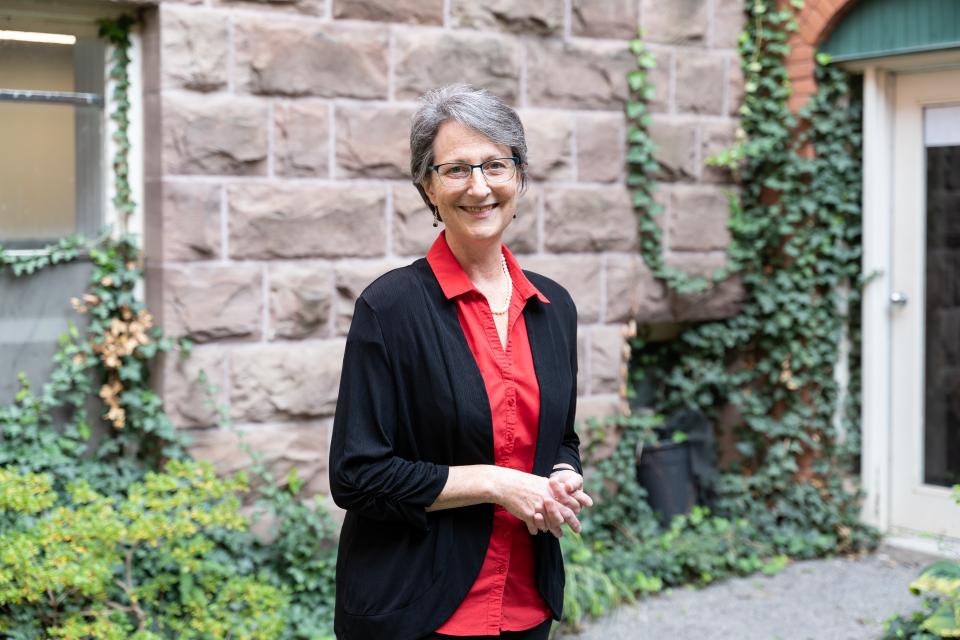In my 50th year, I walked the great labyrinth at Chartres Cathedral. It was an intentional journey, meant to mark my entry to the “second half” of life. Some way into the silent prayer walk I became weary—a feeling that reflected my then-current life and ministry context. Yet as I continued, I surprisingly gained new vigour and went on with strength and joy to the labyrinth’s centre, which depicts the heavenly Jerusalem. It is a memory I’ve often revisited. I’d like to live the second half of life with similar vigour and a good finish. Perhaps that is a common desire, and those on the route ahead of us can serve as encouraging role models. Several have shown me a way forward that embraces vocation, beauty, and trust.
Vocation. We are all called to the vocation of Christian disciples. A friend of mine, who is well into retirement, engages in active lay ministry. She daily studies her Bible and reads avidly to further her understanding, sharing her findings in parish Bible studies and courses. Her desire is to grow in faith and better serve God’s people. Several priests in my life are powerful models of vocation. They have lived into their vocational identity so that retirement is not about leisure and Freedom 55. Rather, they continue in diverse ways to serve as priests. These lay and ordained disciples know the truth of Christian vocation: That one’s gifts and calling in Christ never end. They are a reminder that all God’s people— laity and clergy— are to seek God with heart, soul, mind, and strength and serve his people in ways led by the Spirit.
Beauty. It is easy to find ugliness and brokenness in our world, but one can also become attuned to beauty. Mary Delaney, an 18th-century British woman, models this. At age 72, she used scissors, paper, and infinite care to produce a new form of art, leaving nearly 1,000 collage depictions of flowers. They are astonishing in their beauty and botanical accuracy and so valued that they are housed in the British Museum. She reminds me of my friend who crafts delicate cards. To receive one brightens the house and delights the eye. Another friend reports on the flowers or trees she observes on the way to the office, pointing to the beauty of the changing seasons. Such small acts of observing and sharing beauty are received gratefully. Becoming attentive to beauty, even when present in small ways, can shape one’s life towards wonder and gratefulness.
Trust. But what if our latter years are not gifted with physical or mental vigour? Age brings no guarantee of either. Perhaps we might train ourselves in our earlier years to see with eyes of trust, knowing that God continues with his people despite such debilitation. I’ve sat with a parent afflicted with dementia who appeared lost to me. I’ve seen them quicken to an old, familiar hymn or the words of the liturgy. Suddenly, forgotten words and practices bubble to the surface in them. They remind me that soul-memory remains. Moreover, they teach me that the one who keeps the soul does not abandon his people, ever. We can trust that our future, whether it is vigorous or limited, is held within God’s loving presence.
Perhaps in your own journey you have role models whose witness can shape your “second half.” At whatever age, we can all embrace vocation, beauty, and trust as avenues to receive God’s love and deepen our discipleship.





